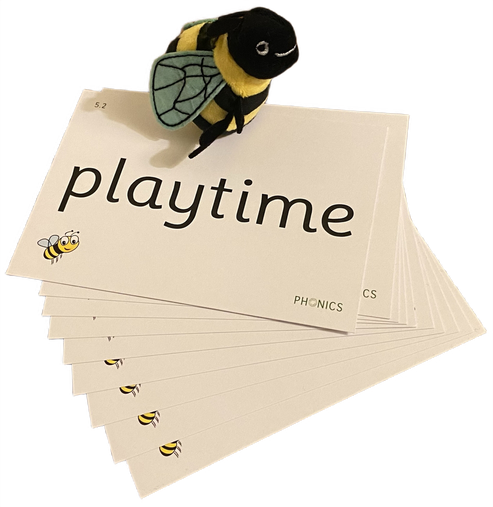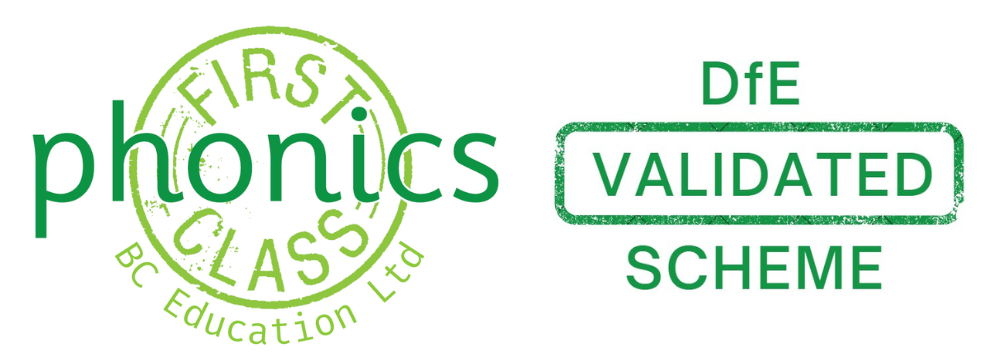FIRST CLASS PHONICS & SPELLING

Our Reception children love to write. They independently use their phoneme fingers to help them segment words for spelling.
Beryl Horne, EYFS Lead, Hayfield Primary School
How will First Class Phonics help you to teach your children to spell?
- First Class Phonics provides a direct link between reading and spelling through the weekly teaching sequence.
- Each lesson focuses on either reading or spelling to avoid cognitive overload.
- Reading lessons always precede spelling lessons so, when children come to a spelling lesson, they have already been introduced to the new grapheme, its letter formation and reading words with that new grapheme.
- Spelling lessons start by revisiting the newly taught grapheme and reading words using that grapheme. This provides a confident starting point for teaching children to form the new grapheme correctly and to spell words using that grapheme.
- Teachers teach new vocabulary using engaging picture prompts. These same picture cards are used during dictation as a visual prompt and concrete link to the dictated word.
- Spelling lessons always provide opportunity for teachers to teach spelling through dictation and then opportunities for children to practise spelling using fun, engaging activities.
- In the Apply part of the lesson, teachers can dictate sentences so children can apply their learning into writing a meaningful caption to match a picture prompt. This picture also provides a concrete link to the dictated sentence.
- First Class Phonics provides a clear progression for teaching children to spell Common Exception Words (Tricky Words) with the help of a loveable puppet, Trever the T-Rex. There is also a clear progression for teaching High Frequency Words (phonically decodable words) with the help of another puppet, Izzy the Busy Bee.
- Captions have been specially written to provide opportunity for children to regularly practise spelling these Tricky Words and HFWs within phrases and sentences. There is a structured progression for these captions which includes sentence types, sentence structures and grammatical features linked to the Year One and Two National Curriculum.


How will First Class Phonics help your children to practise spelling and writing?
- With First Class Phonics, there is an emphasis on using manipulative resources in Reception for spelling – before children in EYFS are ‘ready to write’. Although some children may not have developed the physical skills required for handwriting, they will have the phonic skills and understanding required to spell words and short phrases with magnetic letters or letter cards. Our spelling activities can be differentiated to allow all children to make progress in their spelling regardless of their physical development or learning needs.

How will First Class Phonics help your children to develop letter formation and handwriting?
- First Class Phonics provides a wealth of guidance and teaching resources for teaching letter formation in EYFS.
- EYFS teachers can use the First Class Phonics handwriting poster to introduce letter formation. Teachers can demonstrate letter formation on the dry-wipe modelling poster using the FCP letter patters that include clear start and finish points.
- Teachers can demonstrate letter formation on the dry-wipe modelling poster using the FCP letter patters that include clear start and finish points.
CONTACT US
Jane Creed
Mobile: 07724 558282
Email: jane@bced.co.uk
Debs Bragard
Mobile: 07595 421642
Email: debs@bced.co.uk
Administration
Email:
admin@bced.co.uk
